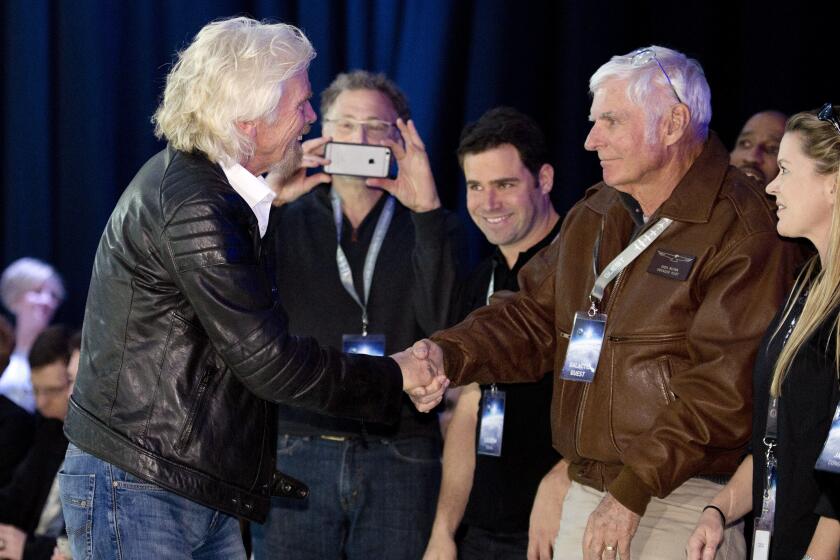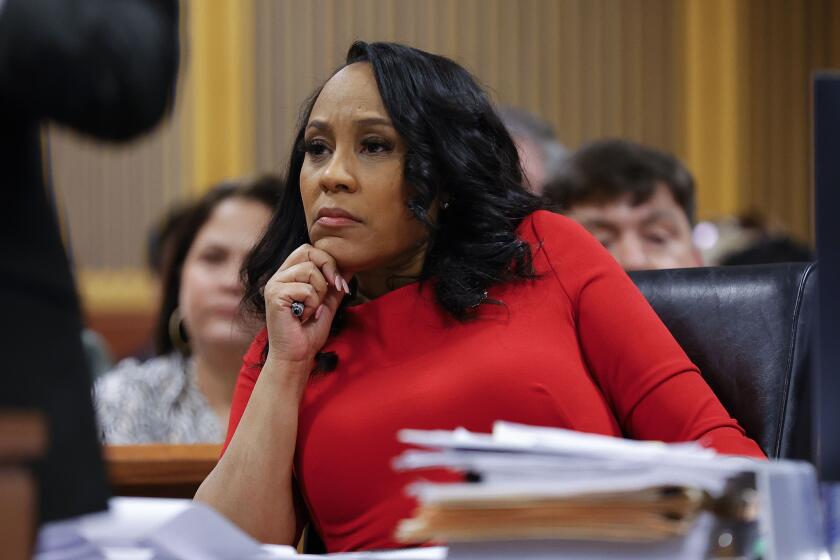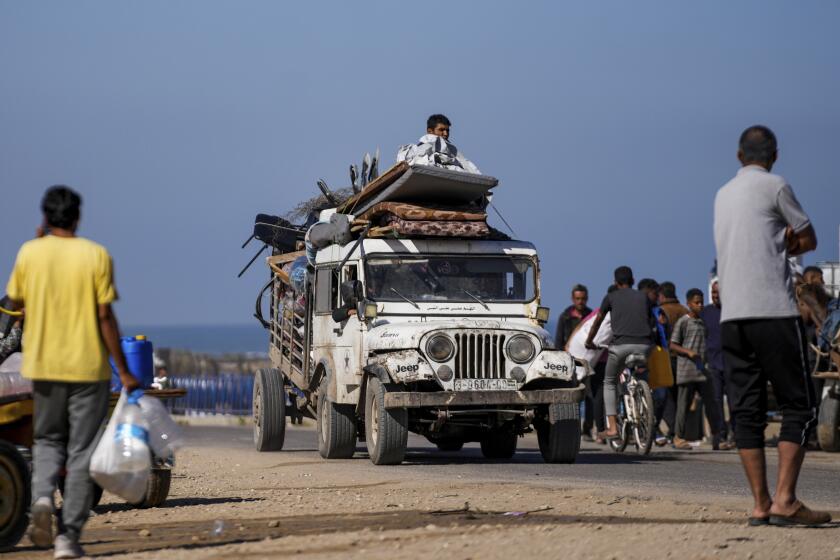Sorry, but Suing the Vatican Is Like Suing the Kremlin
Father Charles Curran is in error. Pope John Paul II and the Roman Curia’s watchdog on matters of doctrine, Cardinal Joseph Ratzinger, have said so, and have banned him from teaching theology at the Catholic University of America in Washington, or anywhere else that calls itself Catholic.
After the ban was made public last week, Curran said, “I find myself at home in the church, and it’s as much my church as anyone else’s.” Wrong again, reverend father. The church is the Pope’s, and all that dwell in it must obey his house rules and those handed down by his predecessors and his delegated staff.
The first session of the Second Vatican Council in 1962 came as a shock to most of the 200-odd U.S. bishops who attended. They could find no trace of accepted parliamentary or democratic procedure in the council’s mechanism. The Roman Curia expected all of the world’s 2,000 bishops to digest and approve the documents that it had pre-cooked, thus allowing them to shut the council after the first session. That did not happen. The German, Dutch, Canadian and American bishops set off a palace revolution behind closed doors. (The press was totally excluded from the first session.) A change in the rules resulted, and a smithereen of democratic procedure was introduced in the next four sessions.
Then the bishops returned to their homes, and the smithereen was put under a glass bell on some Vatican shelf. The Vatican, one of the Italians’ most successful and enduring inventions, can do very well without democratic trappings.
Curran and the apparent majority of theologians in America’s 235 Catholic colleges and universities who support him are guilty of the quality that Europeans ascribe to Americans behind our backs--ingenuousness. That quality can also be translated as wanting to set right a wrong, however wrongly we may go about it.
So two cheers for American ingenuousness. And let’s hope that American fighting spirit will not be dampened by Rome’s disciplinary action against Curran. His plan to bring civil suit against his suppressors, presumably the Polish Pope and the German cardinal, may be a worthwhile move, but suing the Vatican is like suing the White House or the Kremlin--it is likely to come to nothing.
Curran has taught for more than 20 years at the Washington university, and has not taught theology of sexual morality for the last 15 years. His liberal--”let’s look at the issue again”--views on that subject, as well as on divorce and abortion, are what he has been writing about, however, and are the cause of his Vatican banishment from the theology faculty.
Some argue that the university in Washington is special, being the only “pontifical” university in the United States. The others, like Fordham and Notre Dame, have laymen, not priests, on their boards of trustees. But that argument is as valid as fried incense smoke. The Vatican’s 1983 canon laws say that anyone teaching theology in any Catholic university needs a missio canonica, a license to teach, from the proper authorities. In Curran’s case it was from the bishop of Rome, in other universities from the local bishop. Public and private funding of the Washington institute now should come under review, if only as a good scare tactic. An American university that cannot decide on its own who can teach and what can be taught is, well, not very American.
The Vatican’s Curran ruling, which will not stop with his case, is new, even though he has been accused of ducking “tradition.” Curran is at fault not for querying and prodding the church’s infallible dogmas but for examining the disciplinary rules that church history shows have indeed changed over the centuries. (The clergy once could marry, for instance, and Peter, the first Pope, was a family man.) Curran and the other inquisitive theologians have been told that they should consider themselves to be enthroned catechism teachers, or mere repeaters, not researchers seeking new truths in old Scriptures.
It was probably only a coincidence, but the day after Rome made its pronouncement on Curran, the Pope was helicoptered from his summer villa to St. Peter’s for his Wednesday general audience. For the second week running he chose to speak about the real presence of the Devil--one who can take possession of a man’s body, he said, and who in the past had appeared also as a dragon, a serpent or a billy goat. Quoting from apocalyptic Scripture, Pope John Paul said that today’s world was preparing for the Second Coming, the Parousia, and the ultimate defeat of Satan by the church.
In 1864 one of his predecessors, Pius IX, listed as one of the world’s gravest errors the notion that “the Pope can and ought to reconcile and adjust himself to progress, liberalism, and modern civilization.” What a long way papal teaching has come since then.
More to Read
Start your day right
Sign up for Essential California for news, features and recommendations from the L.A. Times and beyond in your inbox six days a week.
You may occasionally receive promotional content from the Los Angeles Times.






